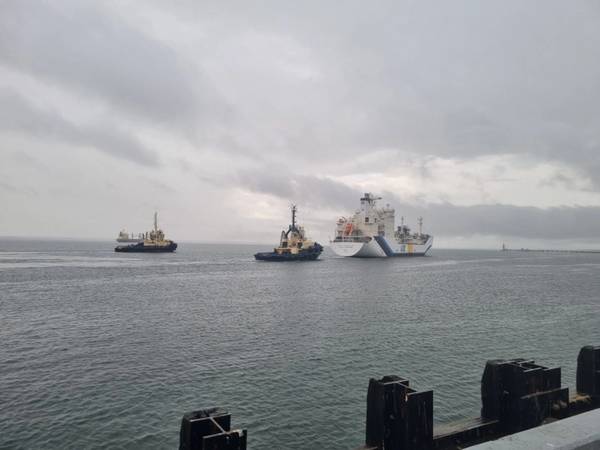
Australia's hydrogen industry has the potential to generate A$40 billion (US$27 billion) in annual turnover (domestic gross value added) and create 58,000-72,000 jobs per year by 2040, according to a new report by NERA and Arup.
The report, Powering Up: Seizing Australia's Hydrogen Opportunity by 2040, is the first comprehensive analysis of Australia's hydrogen supply chain from a national perspective, and it states that by 2040, Australian hydrogen demand could soar to 9.5 MMT, almost 10 times the current global production, with 46% (4.3MMT per year) designated for export markets.
To meet this demand, massive infrastructure development will be needed, including a five-fold increase in Australia’s solar and wind capacity, thousands of electrolyzers and compressors, and over 5,000 hydrogen storage tanks.
NERA CEO Miranda Taylor said the hydrogen supply chain could drive Australia’s future economic growth and position the country to become a global leader in hydrogen. “The Powering Up report highlights the urgency of swift and strategic action to develop the strong hydrogen supply chain required and provides actionable recommendations to help Australia take hold of its hydrogen opportunity, such as investing in regional capability, incentivising overseas manufacturers to onshore their capabilities, and securing annual infrastructure investment.”
Based on Arup’s assessment, hydrogen will be shipped as a commodity, with liquid forms like liquefied H2, ammonia or LOHC expected to be more popular for export. Shipping of liquid fuels and ammonia are well-established industries, increasing the opportunity to retrofit or repurpose existing vessels and equipment rather than the construction of new bespoke vessels.
Australia is currently investing over A$1.3 billion to speed up the development of its hydrogen industry. This includes A$464 million to develop clean hydrogen industrial hubs in regional Australia.
Australia and Japan have already run a world-first pilot project: The Hydrogen Energy Supply Chain (HESC). This involved the generation of hydrogen through coal gasification from the Latrobe Valley in Victoria prior to liquefaction at the Port of Hastings and loading on the specialized hydrogen carrier Suiso Frontier in 2022. Coregas engineers were responsible for loading the Suiso Frontier with 99.999% pure liquefied hydrogen.
In March 2023, the project entered the commercial demonstration phase with the commitment of JPY220 billion (A$2.35 billion) in funding from the Japanese Government’s Green Innovation Fund. Hydrogen will be extracted from Latrobe Valley coal, with CO2 capture and storage facilities in the nearby Bass Strait.
In another regional Australia development, Fortescue Future Industries and Windlab announced a partnership late last year a Super Hub which could generate more than 10GW of wind and solar power and underpin the industrial-scale production of green hydrogen from purpose-built facilities within Queensland. The first stage of the proposed project includes the 800MW Prairie Wind Farm and the 1,000MW Wongalee project. Construction is expected to commence in 2025 with the projects anticipated to begin to produce power by 2027.



